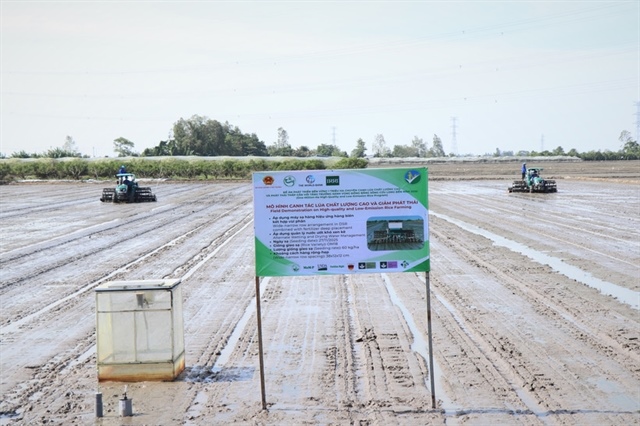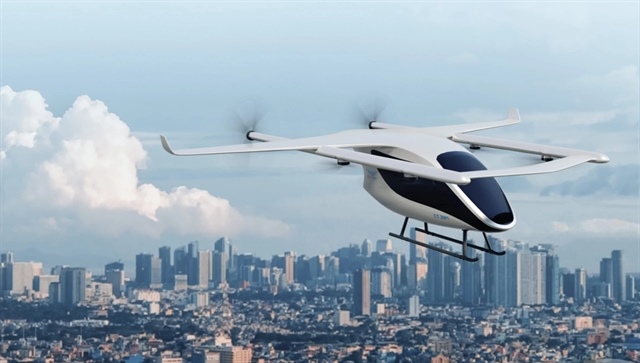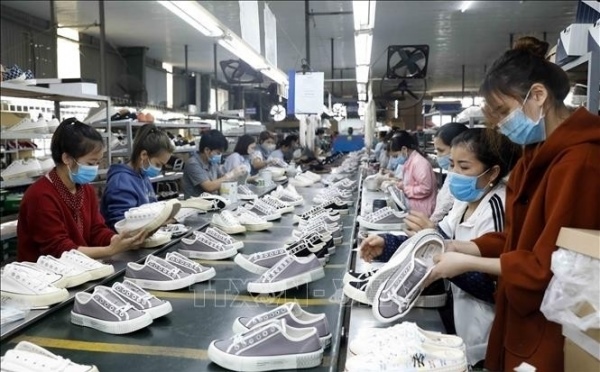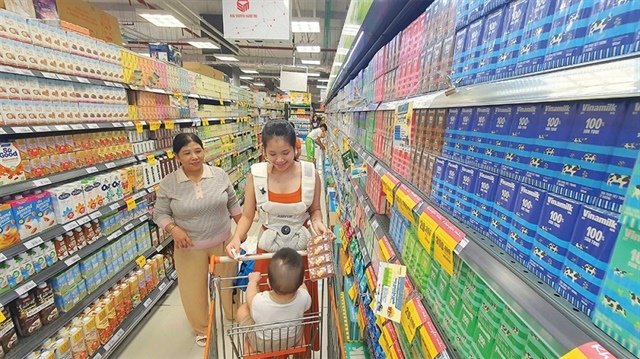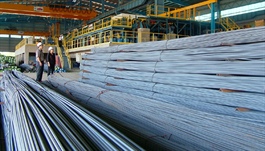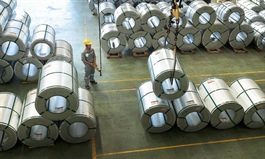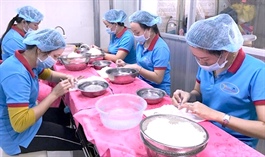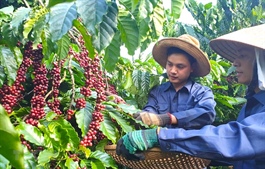Imports impeding chicken production
Imports impeding chicken production
Domestic chicken breeders, especially livestock companies, are facing a series of uphill struggles due to the impact of epidemics, low-cost imports, and oversupply caused by dramatic repopulation.
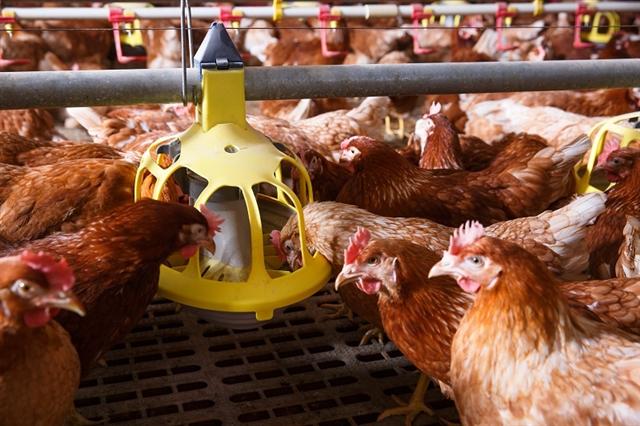
Imports impeding chicken production
|
Nguyen Thanh Son, chairman of the Vietnam Poultry Association, told VIR he has received numerous phone calls in recent weeks from livestock company representatives and members of the association, complaining about not being able to sell chickens even as the Lunar New Year approaches.
“The companies say that at this time last year sales were good, but this time around numerous traders are buying cheap imported chicken, even as local producers are offering prices below their break-even point,” Son said.
Neither businesses nor households earn enough profit with these prices, he added, while production expenditure has increased, including feed, vaccines, and labour costs. “They are turning to the association to propose that the government can issue policies to regulate supply and mitigate the damage for domestic production,” Son said.
Frozen low-cost chicken arrives en masse to Vietnam through diverse channels, appearing at budget food courts and kitchens serving workers at industrial zones and supermarkets.
Ngo Thanh, owner of a budget food court in Hanoi’s Cau Giay district said that she has replaced domestic chicken with frozen imports in the past year for the cost savings. “The majority of customers are labourers and students, so the meals must be affordable,” Thanh said.
“Since the African swine fever (ASF) broke out in the country, the price of ingredients has seen a dramatic increase, and frozen imported chicken is a good replacement.”
In supermarkets, imported chicken is 30-40 per cent cheaper than domestic products. For example, at Big C Le Trong Tan supermarket in Hanoi, C.P. Vietnam chicken legs sell for VND46,000 ($2) per kg. Meanwhile, drumsticks imported from the United States costs VND40,000 ($1.70) per kg and whole chickens cost VND58,000 ($2.50) per kg.
On social networks, prices are even lower than in supermarkets. Whole chickens are offered at VND35,000 ($1.50) per kg, and imported chicken cuts are offered for VND17,000-48,000 (75 US cents-$2) per kg.
At domestic farms, the average price of white chicken is VND13,000 (55 US cents) per kg, lower than the actual breeding expenditures. As a result, farmers are suffering losses.
According to the Ministry of Agriculture and Rural Development (MARD), to date, approximately 2,000 companies are allowed to export meat and animal products to Vietnam, including 479 companies from the US, 172 from France, and 152 from Japan. Last year Vietnam is estimated to have imported 200,000 tonnes of chicken and over 3.4 million breeding chickens.
Son said that chicken production prospects will become even bleaker as Vietnam’s tariff drop commitments in free trade agreements come into effect.
“According to schedule, the import tariffs on poultry will decrease each year and reach zero in 7-10 years. Thus, competition between domestic and low-cost imported products will only get fiercer,” said Son.
Along with the imported product factor, the large-scale repopulation of herds is another reason causing oversupply, leading to damage for the domestic chicken breeding sector.
Son said that a number of association members reported a repopulation ratio of 30 per cent on-year, with one company even increasing capacity from 35 million to 100 million heads last year alone. The country’s poultry output is in the top ten worldwide, with a total of 520 million chickens annually.
“As per the unofficial statistics of the association, the total supply of chicken in 2020 increased by 18-20 per cent on-year. Meanwhile, the demand saw a drop since early in the year due to COVID-19 affecting schools and factories. In addition, the tourism sector has yet to recover, impacting chicken sales,” Son said.
Vu Manh Hung, general director of Hung Nhon Group, also highlighted the serious losses suffered by chicken breeders due to the oversupply that was formed by both households switching to poultry and livestock companies expanding poultry herds following ASF.
“The lack of specific development strategies and management mechanisms have destabilised supply. As a result, the government and the MARD are facing difficulties in issuing supporting policies for chicken breeding,” Hung said.
Hung added that Vietnam can learn from the experience of countries like the Netherlands, which builds breeding plans with a specific number of animals for each farm. “If farms want to increase their herds, they have to negotiate with other farms. This will help keep supply stable and it is easier for the government to issue policies to control imported products,” Hung said.
|
The poultry breeding sector will continue to face difficulties due to a H5N6 bird flu outbreak. On January 1, Quang Ninh province detected H5N6 in a flock of 3,000 coloured chickens in Quang Minh commune, making it the fifth outbreak since the start of 2020 and the first outbreak in the province in that time. The household farm had not been vaccinated as it restocked at the time after the second national vaccination programme last year. Hai Ha district mobilised power sources and tools to implement isolation, and prevent and control the pandemic. The district also asked communes to check poultry numbers in households, and coordinate with the Agricultural Technical Service Centre to administer additional bird flu vaccinations before January 25. Besides that, the district organised to decontaminate and disinfect areas suffering from outbreaks as well as burial pits and other areas. |



